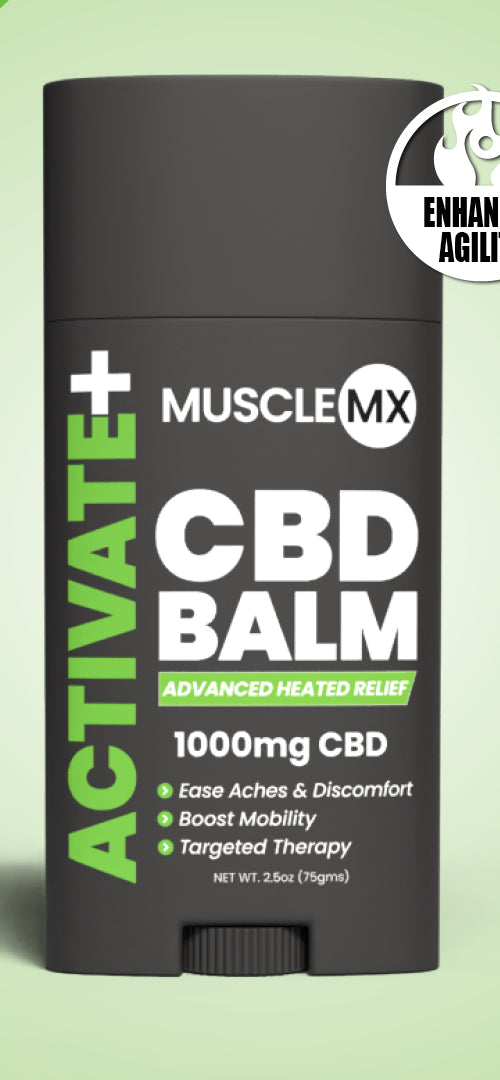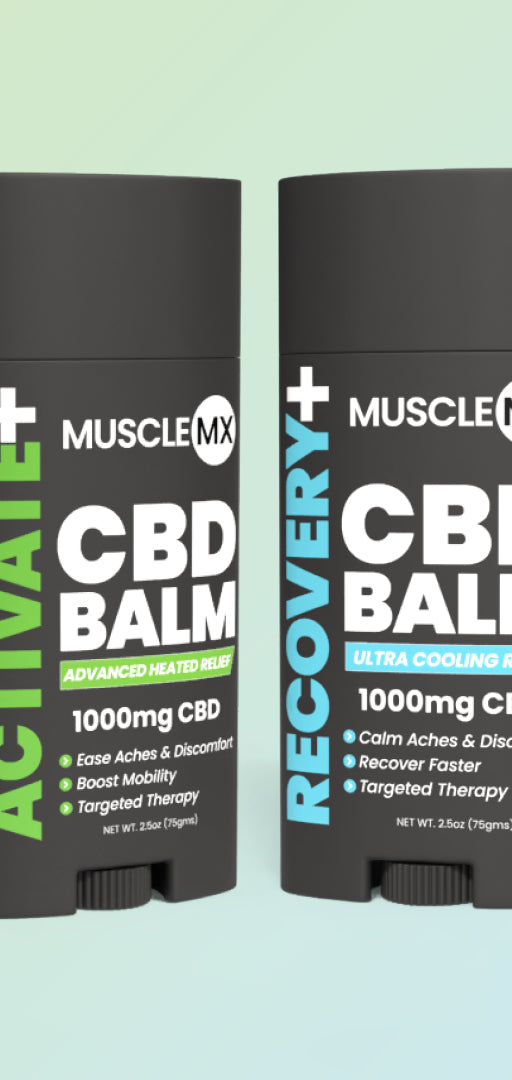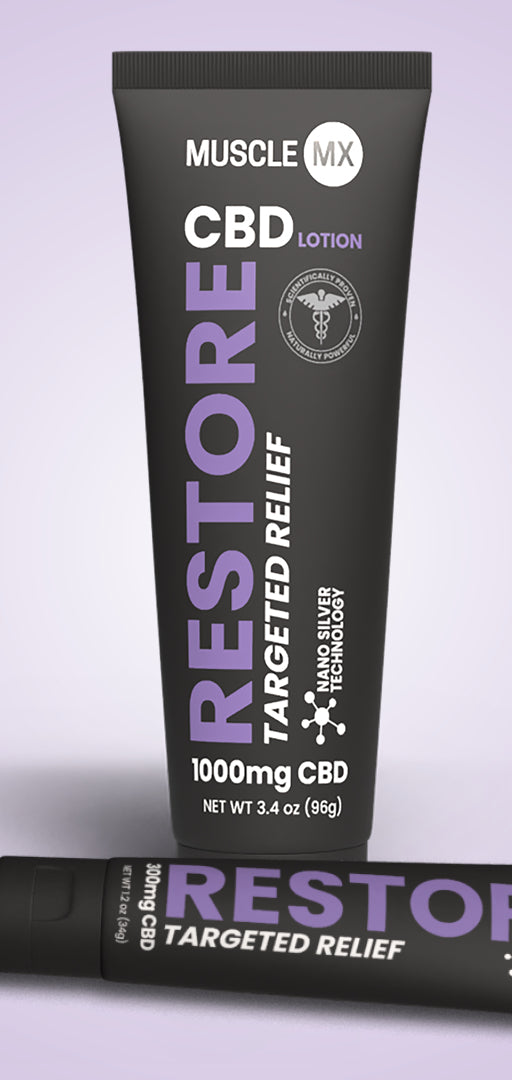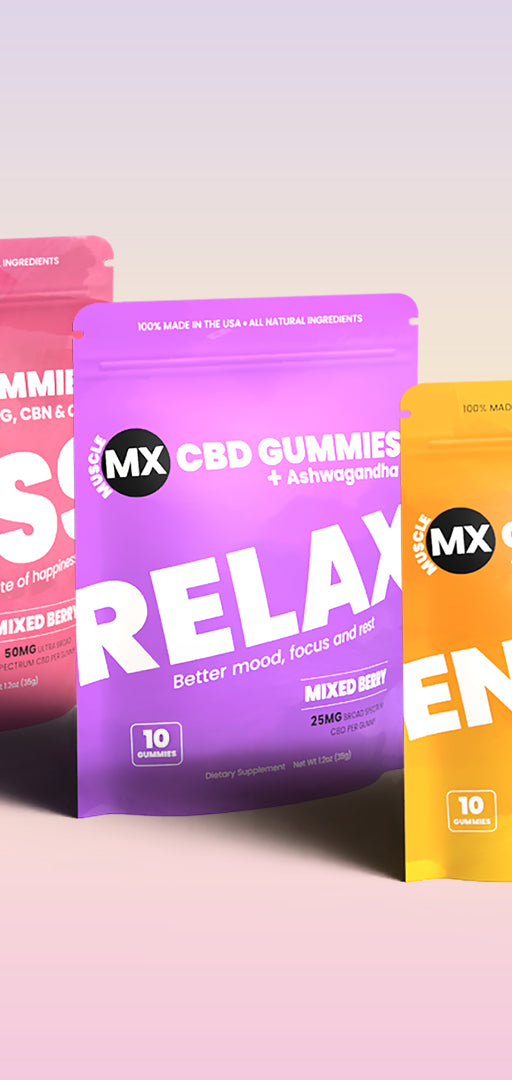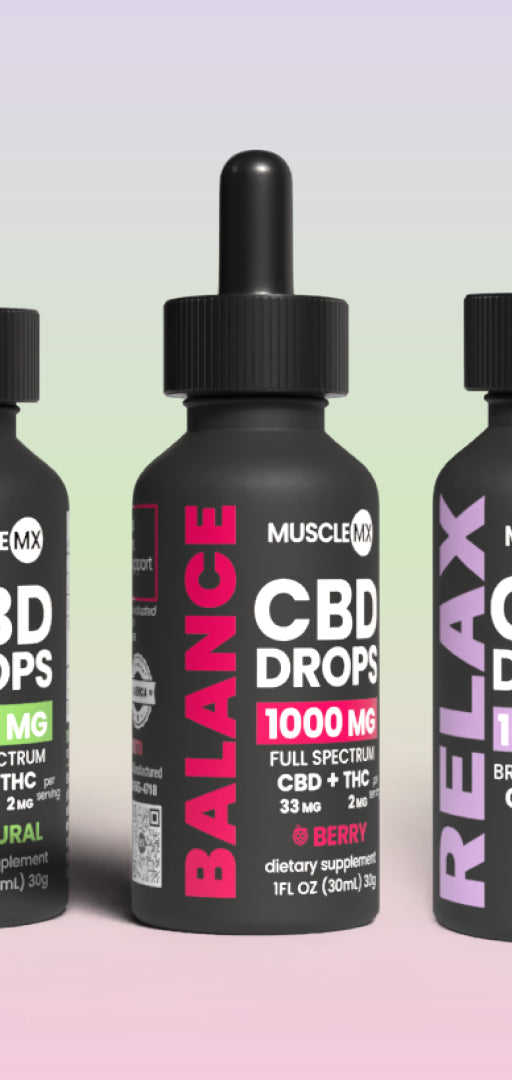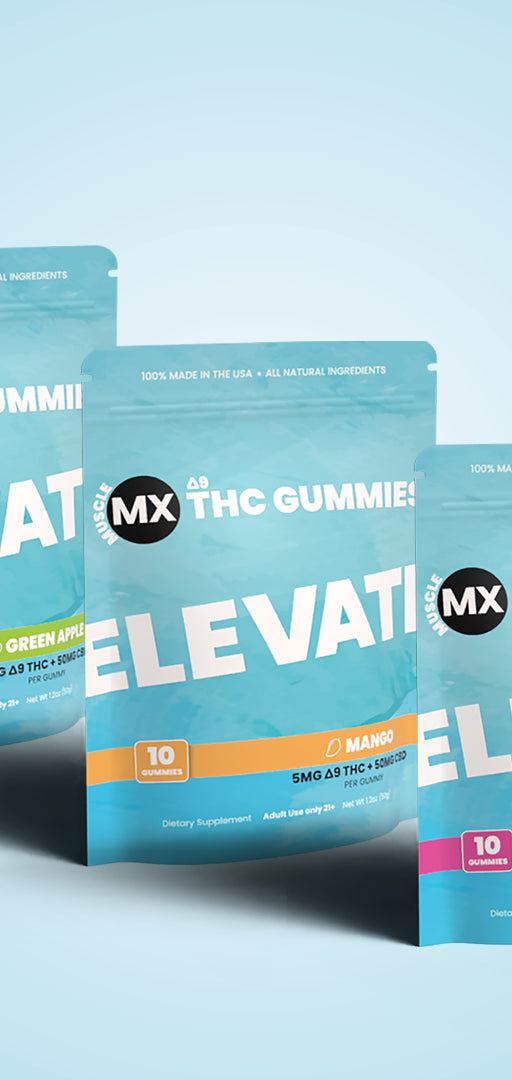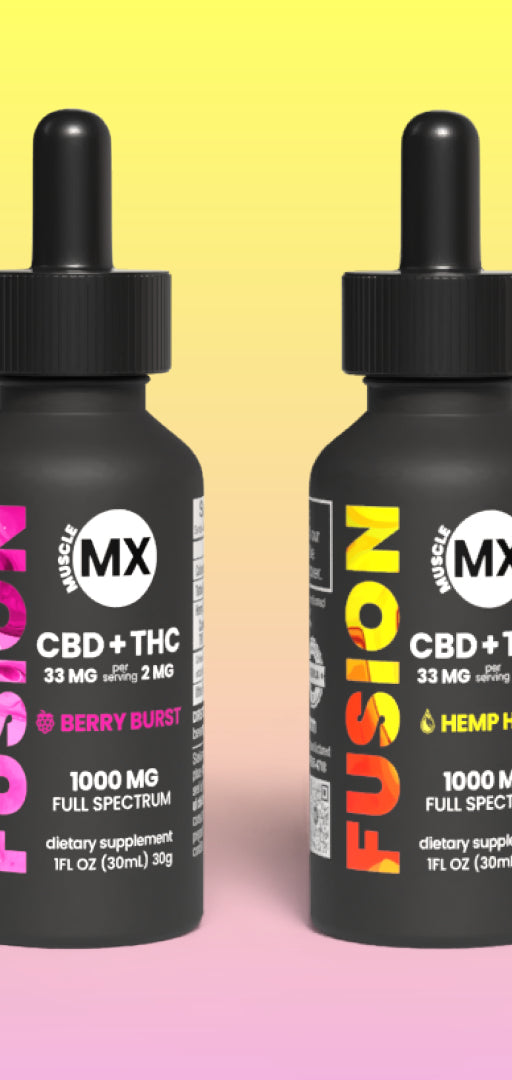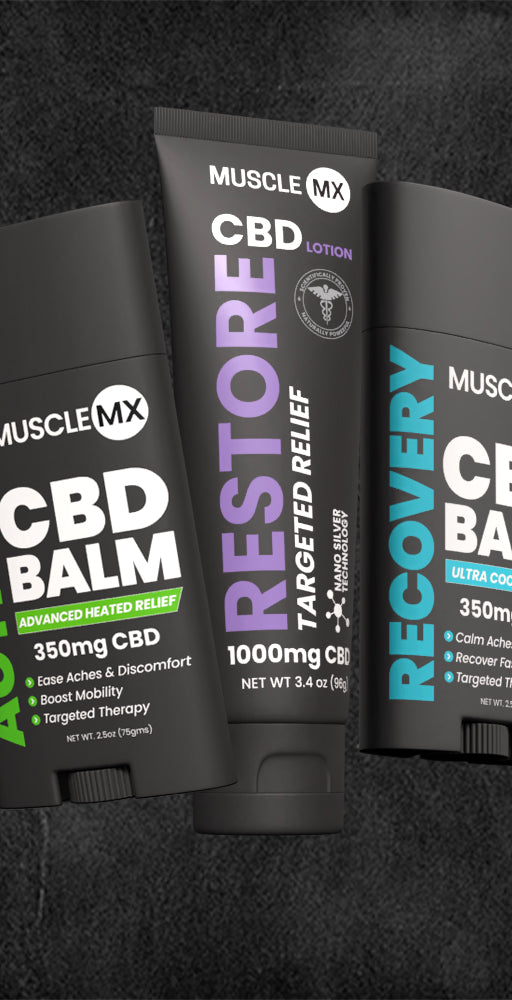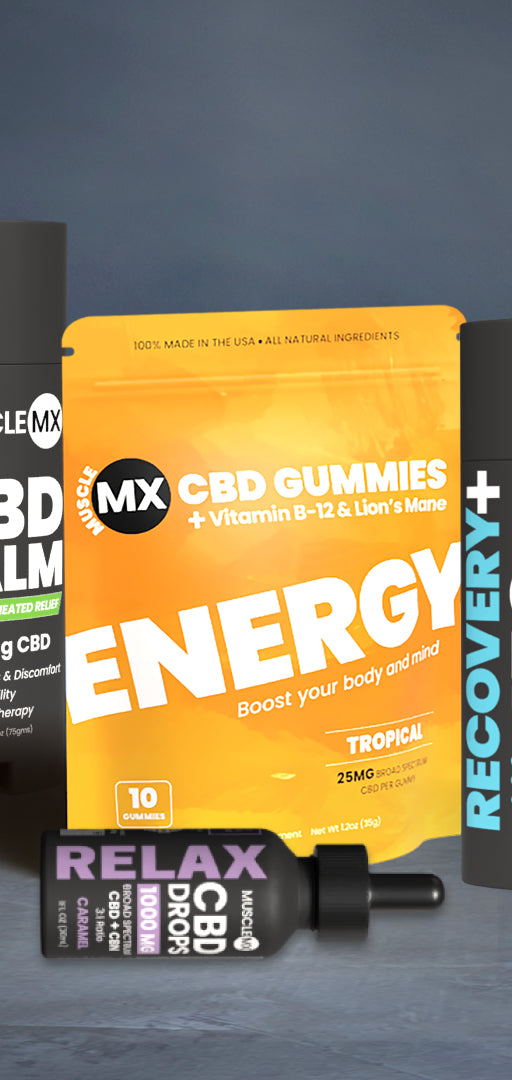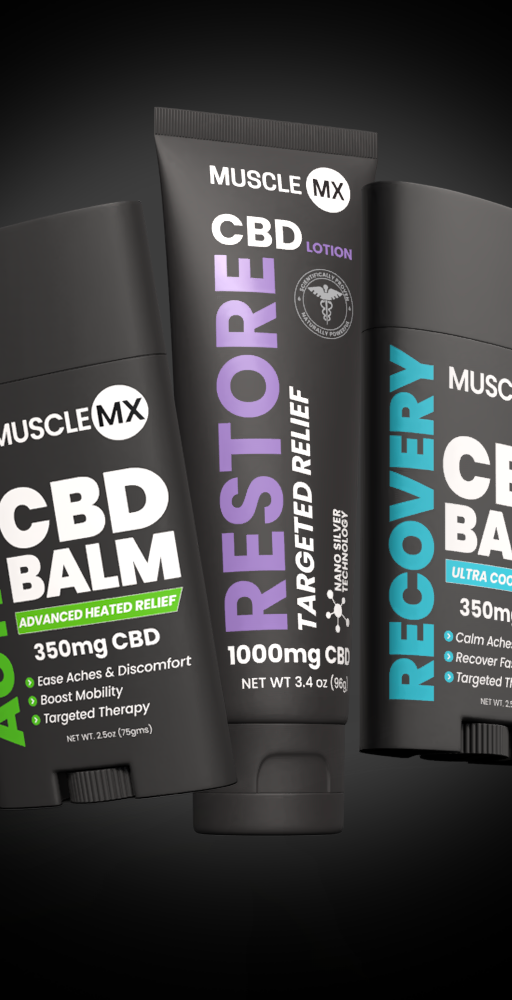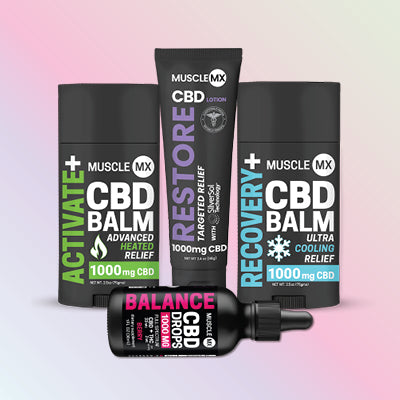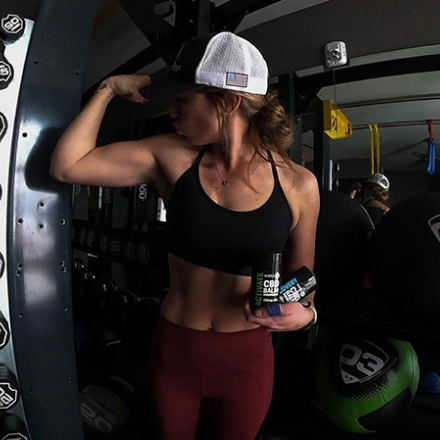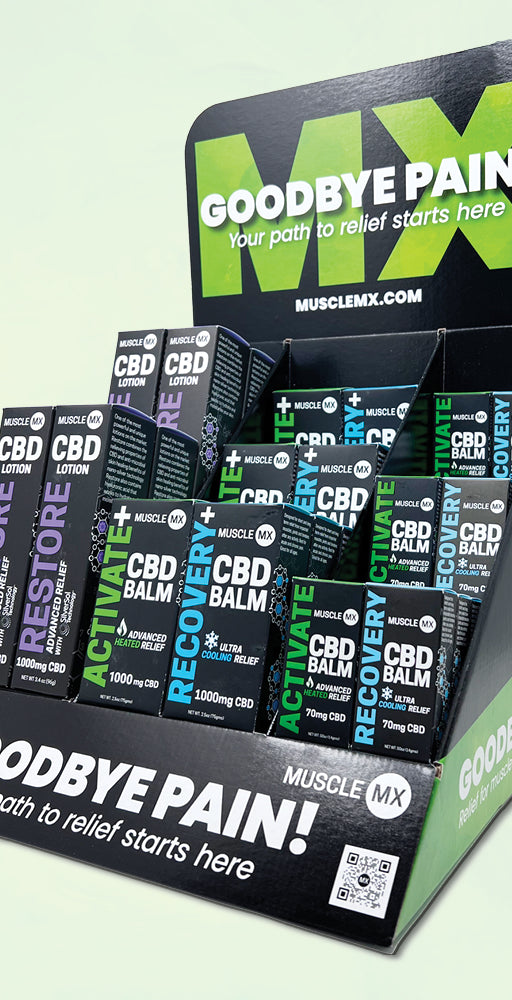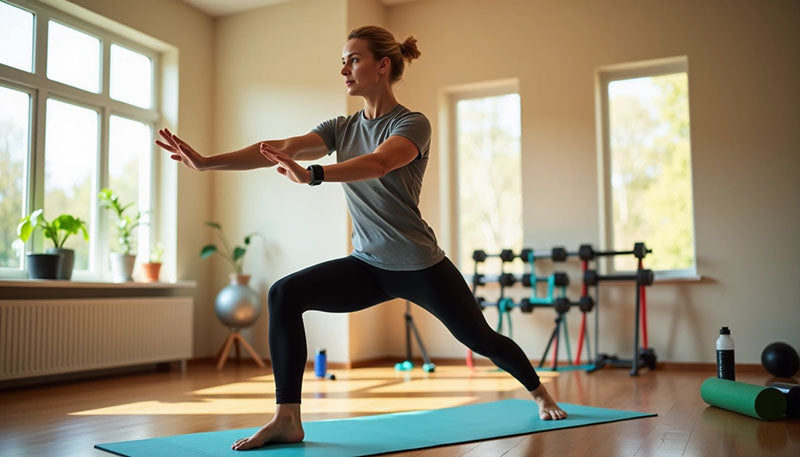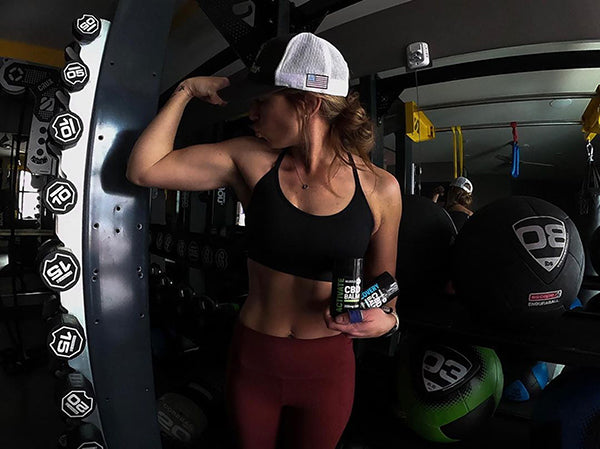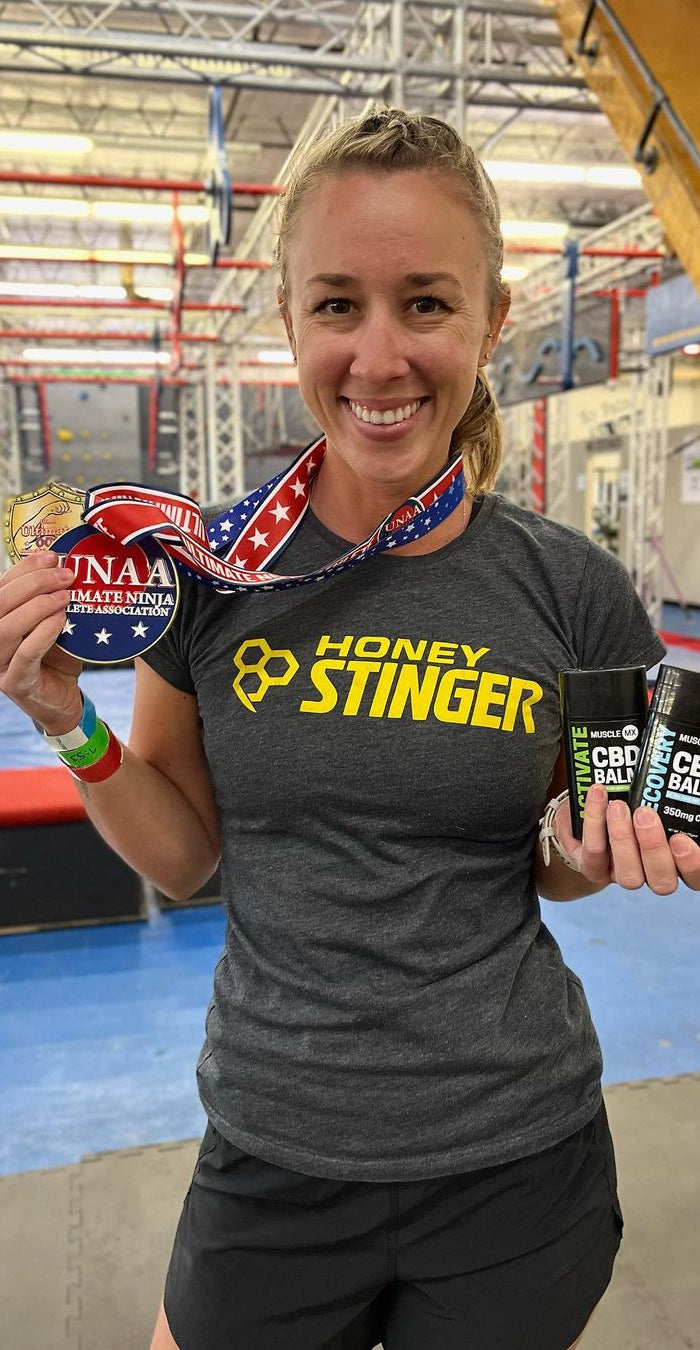How to Get in Shape Without Injury: A Beginner's Safe Start Guide
Key Takeaways
Getting in shape safely requires a strategic approach that prioritizes gradual progression over quick results. Here are the essential insights for injury-free fitness success:
-
Start with a fitness assessment and medical clearance - Know your baseline fitness level and consult a doctor if you have health concerns before beginning any exercise program.
-
Follow the 10% rule for safe progression - Never increase workout intensity, duration, or weight by more than 10% weekly to prevent overtraining and injury.
-
Build a balanced routine with three components - Include aerobic exercise (150 minutes weekly), strength training (2+ sessions), and daily flexibility work for comprehensive fitness.
-
Listen to your body and prioritize recovery - Take at least two rest days weekly and distinguish between healthy discomfort and harmful pain that alters movement.
-
Track progress every few weeks and adjust accordingly - Regular reassessment helps you make informed modifications while maintaining motivation through measurable improvements.
Remember, sustainable fitness is about consistency over intensity. Small, daily efforts compound into significant long-term results while keeping you injury-free throughout your journey.
Introduction
Starting a fitness routine — it's something many of us think about, plan for, and then... well, sometimes life gets in the way. Maybe you've been there: excited to get moving, only to find yourself sidelined by soreness, aches, or even an injury that could have been avoided.
Did you know that cardiovascular fitness can start declining within just days of stopping exercise? It's true — our bodies operate on a "use it or lose it" principle when it comes to fitness. The American College of Sports Medicine recommends at least 150 minutes of moderate-intensity aerobic activity per week, yet many of us struggle to meet these guidelines, especially when we're just getting started.
We understand that beginning a workout routine can feel overwhelming. The good news? The key to getting in shape without injury is taking a thoughtful approach that honors where you are right now. Exercise is indeed medicine that should be taken almost every day, but just like any prescription, the right dosage makes all the difference.
Here's something encouraging for those wondering how to get fit safely: muscle strength takes about two months to decline after inactivity, which gives you a reasonable window to build up gradually. Health experts recommend aiming to exercise most days of the week and including at least two days of strength training in your routine.
Let's explore a beginner-friendly approach to getting in shape that puts safety first while still helping you reach your goals. From understanding your starting point to tracking your progress, we'll guide you through each step — including how natural tools like CBD balm can support your recovery along the way.
Know Where You Stand: Assessing Your Starting Point Safely
Understanding your current fitness level isn't just helpful — it's essential for avoiding injury and setting yourself up for success. Think of it as taking a snapshot of where you are right now, so you can map out a safe path forward.
Check Your Current Fitness Level
Before you start any exercise routine, it's important to establish some baseline measurements. These simple assessments will help you track your progress and make smart decisions about your workouts:
-
Aerobic fitness: Check your pulse rate before and after walking one mile
-
Muscle strength: Count how many standard or modified pushups you can do
-
Flexibility: Assess your range of motion in hips, knees, ankles, shoulders and elbows
-
Body composition: Measure your waist circumference and calculate your BMI
Remember that your heart rate at rest (between 60-100 beats per minute for most adults) also serves as an important measure of heart health and fitness. Testing yourself every three to six months can reveal more about your progress than daily performance measurements.
When to Talk to a Doctor First
Some situations require medical guidance before you start exercising. If any of these apply to you, we recommend scheduling a conversation with your healthcare provider:
- You're extremely unsteady on your feet or experience dizzy spells
- You take medications that cause dizziness or drowsiness
- You have chronic or unstable conditions like heart disease, asthma, diabetes, or osteoporosis
- You don't currently exercise regularly and have cardiovascular, metabolic, or renal disease
Consider completing the Physical Activity Readiness Questionnaire (PAR-Q) to determine if medical clearance is necessary. Specialists like physiatrists or physical therapists can create tailored exercise plans that work with your specific health history.
Why "Too Much, Too Soon" Backfires
Your enthusiasm to get fit is wonderful, but your body needs time to adapt. Pushing too hard without adequate recovery can lead to serious problems:
-
Rhabdomyolysis, a potentially life-threatening condition where damaged muscle tissue releases proteins that can harm your kidneys
- Decreased performance instead of the improvement you're seeking
- Hormonal imbalances that affect metabolism and muscle growth
- A suppressed immune system, making you more susceptible to illness
- Injuries like stress fractures, muscle strains, and joint pain
Pay attention to warning signs such as persistent soreness, fatigue, decreased performance, or mood changes. Your body needs proper rest between exercise sessions to adapt and grow stronger rather than break down.
Building Your Safe and Balanced Fitness Plan
Once you know where you're starting from, it's time to create a plan that actually works for your life. Think of your fitness plan as a roadmap — it should guide you toward your destination without taking unnecessary detours that could lead to setbacks or injuries.
Creating a structured fitness plan serves as the foundation for long-term success. The goal isn't just to get moving; it's to develop a program that respects your current abilities while gently pushing you forward.
Set Goals That Actually Mean Something to You
Vague goals lead to vague results. Instead of saying "I want to get in shape," try something more specific. How about "I want to walk up two flights of stairs without getting winded" or "I want to carry my groceries without my back aching"?
Experts recommend setting mini-goals — such as exercising most days of the week — to build motivation through frequent achievements. Write down your goals. There's something powerful about seeing your intentions on paper that makes them feel more real and achievable.
The Three Pillars of a Well-Rounded Program
Your fitness plan needs three essential components working together:
-
Aerobic activity: Aim for at least 150 minutes of moderate activity or 75 minutes of vigorous activity weekly. This could be walking, swimming, dancing, or cycling — whatever gets your heart pumping and brings you joy.
-
Strength training: Schedule at least two sessions weekly targeting all major muscle groups. Don't worry — you don't need a gym membership or fancy equipment to start. Your own body weight can provide plenty of resistance.
-
Flexibility work: Incorporate stretching daily, particularly after workouts when your muscles are warm. This maintains joint range of motion and helps prevent that stiff, achy feeling the next day.
Start Gentle, Stay Consistent
Low-impact exercises are your best friends when you're beginning this journey. Walking, swimming, cycling, and rowing reduce stress on your joints while still providing effective workouts. These activities strengthen your core muscles and improve posture without putting excessive pressure on joints.
Think of these gentler activities as building the foundation of a house — they prepare your body for more challenging workouts later.
The 10% Rule: Your Safety Net
Here's a simple guideline that can save you from weeks of frustration: never increase your exercise duration, weight, or intensity by more than 10% weekly.
Your body needs time to adapt to new demands. Push too hard too fast, and you're likely to end up injured or burned out instead of stronger. For older adults or those with health concerns, even slower progression might be the wisest approach.
Remember, this isn't a race. It's about building something that will serve you for years to come.
Getting Moving Without Overdoing It
Now that you've built your fitness plan, it's time to put it into action. The beauty of a safe approach to fitness lies in how you implement your workouts — not just what you plan to do.
Warm Up Before Every Session
Your warm-up is like easing into a conversation rather than jumping straight into a heated debate. This vital 5-10 minute routine increases blood flow to muscles, improves flexibility, and prepares your body for exercise. It reduces heart stress by gradually raising your heart rate.
Start with light cardio — slow walking or cycling works perfectly — then move into dynamic stretches that mirror your upcoming workout movements. Remember, the more intense your planned workout, the longer your warm-up should be.
Try Short Sessions Throughout the Day
Here's something that might surprise you: short exercise bursts offer significant health benefits while staying completely manageable. Even two-minute vigorous activity sessions throughout your day can lower risks of heart disease and cancer. These "movement snacks" are just as effective as longer sessions.
Just remember to include brief warm-ups before each mini-session. Think of it as giving your body a heads-up before asking it to work.
Listen to Your Body and Rest When Needed
Learning the difference between healthy discomfort and unhealthy pain becomes crucial as you progress. Generally, if pain changes how you move, that's your body's signal to stop.
Rest days aren't optional — they're essential. Incorporate at least two rest days weekly, since recovery is when muscle repair and growth actually happen. Persistent soreness, unexplained performance drops, or general fatigue are all signs your body needs additional recovery time.
Use Tools Like Fitness Apps or Journals to Stay on Track
Technology can be your fitness ally when used thoughtfully. Apps like Nike Training Club offer free workout videos and structured programs, while Strava tracks running or cycling routes with GPS. For strength training, apps like Jefit help log your progress.
The key is choosing tools that match your interests — whether that's dancing, yoga, or weight training — to help you stay consistent over time.
What About Tracking Your Progress and Staying Motivated?
Once you've established a workout routine, tracking your progress becomes an important part of your fitness journey. Remember, the key to getting in shape without injury is monitoring how your body responds and adapting your approach accordingly.
Reassess Your Fitness Every Few Weeks
How do you know if your fitness plan is working? Evaluate your fitness approximately six weeks after starting your program, then reassess every few months. This consistent monitoring helps you make informed adjustments to your routine.
Keep a detailed workout log tracking exercises, weights, repetitions, and how you felt during workouts. This valuable record helps identify patterns and measure improvements over time. You might be surprised to see how much stronger or more flexible you've become when you look back at where you started.
Adjust Your Plan Based on How You Feel
Listening to your body doesn't mean giving up on your fitness goals — it involves making smart adjustments that keep you on track while protecting your health. If you're feeling overly fatigued, consider taking a rest day or engaging in active recovery through light stretching, walking, or yoga. Adjusting workout intensity based on how your body feels can prevent overtraining and reduce injury risk.
Find Fun Ways to Stay Active Like Dancing or Hiking
Here's something important to remember: you're more likely to maintain good habits when you're doing physical activities you genuinely enjoy. Consider trying dancing to your favorite music — it takes only about eight songs to get 30 minutes of activity. Hiking provides another great option to stretch your legs while enjoying natural scenery. Exercising with friends creates accountability and makes activities more enjoyable.
Consider Using CBD Balm for Post-Workout Recovery
If your healthcare provider has ruled out any serious underlying conditions, CBD products may help with post-workout recovery by potentially reducing inflammation and muscle soreness. Topical formulas like balms can be applied directly to sore spots after exercise. Unlike oral CBD products, topical options potentially offer fast, targeted relief where you need it most.
CBD works with your body's endocannabinoid system, which influences various functions including discomfort responses. Because cannabinoid receptors exist around muscles and joints, applying CBD balm to areas where you're experiencing post-workout soreness can help directly support recovery.
Final Thoughts
Getting into shape safely isn't about perfection — it's about progress. Your fitness journey is uniquely yours, and the most important step is simply beginning where you are today.
Remember, your body is incredibly adaptable, but it needs time to adjust and strengthen. The strategies we've explored — from honest self-assessment to gradual progression — aren't just guidelines; they're your roadmap to lasting success without the setbacks that can derail your efforts.
What matters most? Consistency over intensity. Those small, daily choices to move your body add up in ways that might surprise you. Whether it's a gentle walk, some stretching, or a strength training session, each step forward is building the foundation for a healthier, stronger you.
Listen to your body along the way. It's always communicating with you, and learning to distinguish between the good kind of challenge and the warning signs of overexertion is a skill that will serve you well throughout your fitness journey.
Your wellness journey is uniquely yours, and sometimes that means supporting your body's recovery with natural options. CBD balms can offer soothing relief for post-workout discomfort, helping you stay consistent with your routine while supporting your body's natural recovery processes.
We invite you to explore our full range of CBD wellness products at Muscle MX. From recovery balms to daily wellness support, our products are designed to work with your body's own systems, helping you maintain balance and wellness every step of the way. Your commitment to getting stronger and healthier deserves all the support it can get.
FAQs
Q: How can a beginner start getting in shape safely?
A: Start with low-impact activities like walking, swimming, or cycling. Begin with short 10-15 minute sessions and gradually increase duration. Incorporate bodyweight exercises like modified push-ups, squats, and lunges. Always warm up before exercising and listen to your body to avoid overexertion.
Q: What's the best way to track fitness progress?
A: Reassess your fitness every few weeks by measuring key metrics like aerobic capacity, strength, and flexibility. Keep a detailed workout log to track exercises, weights, repetitions, and how you feel during workouts. This helps identify patterns and measure improvements over time.
Q: How often should a beginner exercise to see results?
A: Aim to exercise most days of the week, with at least 150 minutes of moderate-intensity aerobic activity or 75 minutes of vigorous activity. Include at least two strength training sessions weekly. Remember to incorporate rest days for recovery and to prevent overtraining.
Q: What's the safest way to increase workout intensity?
A: Follow the 10% rule: never increase your exercise duration, weight, or intensity by more than 10% weekly. This gradual progression allows your body to adapt safely while minimizing injury risk. For some individuals, even slower progression may be appropriate.
Q: How can I stay motivated during my fitness journey?
A: Find physical activities you genuinely enjoy, such as dancing or hiking. Exercise with friends to create accountability and make activities more enjoyable. Use fitness apps or journals to track progress and set achievable mini-goals. Celebrate small victories to maintain motivation throughout your fitness journey.
References
https://www.health.harvard.edu/exercise-and-fitness/staying-in-shape-a-case-of-use-it-or-lose-it
https://weillcornell.org/news/getting-back-in-shape%E2%80%94safely-and-gradually
https://www.mayoclinichealthsystem.org/hometown-health/speaking-of-health/the-5-elements-of-fitness
https://www.mayoclinic.org/healthy-lifestyle/fitness/in-depth/fitness/art-20048269
https://www.mayoclinic.org/healthy-lifestyle/fitness/in-depth/fitness/art-20046433
https://www.nytimes.com/2024/06/26/well/move/fitness-test-exercises.html
https://www.health.harvard.edu/healthbeat/do-you-need-to-see-a-doctor-before-starting-your-exercise-program
https://www.hancockhealth.org/2017/08/consult-doctor-beginning-exercise-program-just-disclaimer-good-advice/
https://www.uclahealth.org/news/article/no-pain-no-gain-training-too-hard-can-have-serious-health
https://www.everydayhealth.com/fitness/are-you-exercising-too-much-heres-how-to-tell-and-why-it-can-be-risky/
https://www.betterhealth.vic.gov.au/health/healthyliving/physical-activity-setting-yourself-goals
